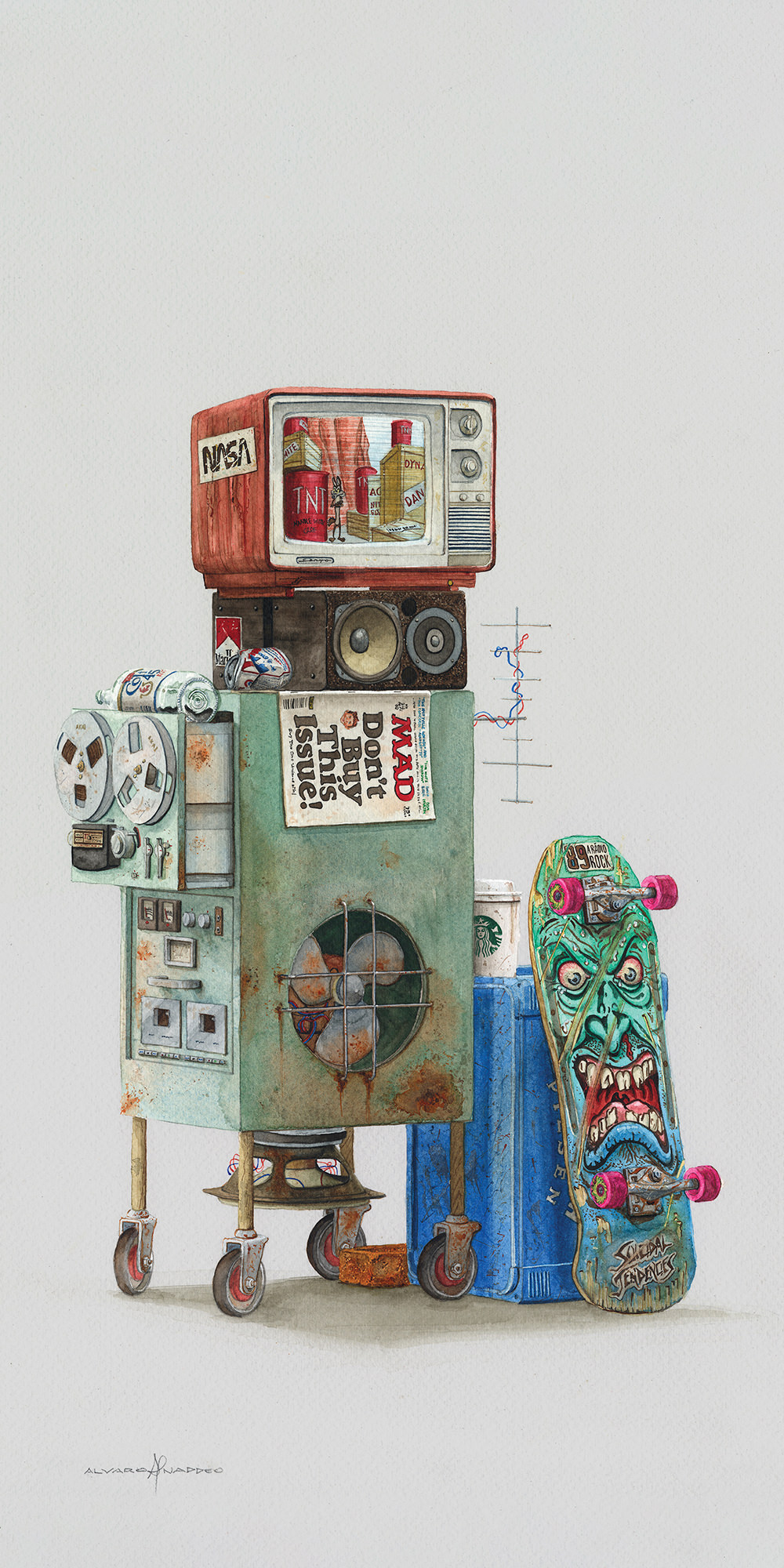I’m a total sucker for distortion. I love crunchy, spitty, and fucked up sounds. When I’m tracking or mixing, I typically try to see how much I can get away with before I get my hands slapped by the artist. So, with a couple of extra slots empty in my 500 Series rack, I figured what the hell – let’s find something affordable and fun to fill those gaps in the rack. I was lucky enough to demo the 500 Series HRK ST596 Analog Harmonics Processor and simulated tape saturation unit (designed by Bart Hrk) for a few months.
The faceplate offers independent controls for Wet and Dry volumes, a Drive knob for the analog modeling circuit section, and a tape saturation section with a Mix knob. The unit also has HFC (High Frequency Cut) and LFS (Low Frequency Switch) − features that help control high or low frequency-rich signals originating from the distortion stage for optimal control and creativity.
I popped the freshly delivered ST596 into my empty 500 Series slot, opened up a new mix, and got right to work. I thought the best place to start demoing a new “crunch box” was on my main snare aux. With a blend of my top and bottom snare mic, I got some preliminary EQ going, then put the ST596 to work as a hardware insert in my DAW. I began by attenuating the Dry signal all the way, then turning up the Wet knob to drive the ST596 until the snare had a nice fat crunch to it without totally bottoming out the low end. Then, I blended the Dry signal back in to taste so I could restore some of the clarity and dynamics lost from distorting the signal – resulting in a fat and exciting snare sound. After a few minutes of playing around with the Wet and Dry controls with the HFC/LFS switches, I got a sound I was quite happy with, printed it, then proceeded with the same process on kick and toms.
The major advantage of these units are the HFC and LFS switches. If you run kick, vocals, or bass through the unit – or anything with significant low end – the saturation will flub out in a non-pleasing way. By simply engaging the LFS feature, it prevents those low frequencies from being driven too hard. In this way, you can keep the natural low end from bass-heavy sources, but still drive the ST596 hard to make it as exciting as you want. The same is true for the HFC switch with high end frequencies.
The tape saturation controls are an interesting additional feature. I enjoyed this part of the ST596 more in subtle amounts – using too much was a little too spitty for my taste on most sources. However, I did like having the option to blend the Tape Mix in separately, or along with the analog modeling circuit. For what it’s worth, HRK makes a standalone analog tape emulator (ST552), for those looking for a full-featured “tape” vibe. Overall, for not a lot of money, the HRK ST596 unit is a lot of fun. It can be as subtle or gnarly as you want it to be while remaining usable in a musical context. I thoroughly enjoy having it as an alternative saturation option to plug-ins and the other hardware I already own.




_disp_horizontal_bw.jpg)